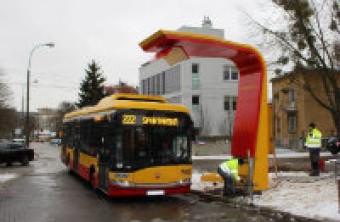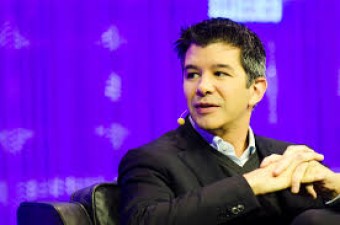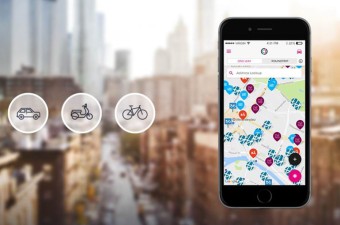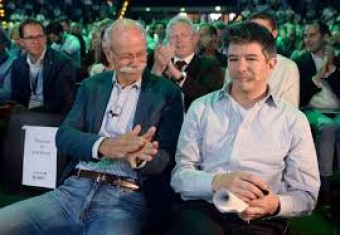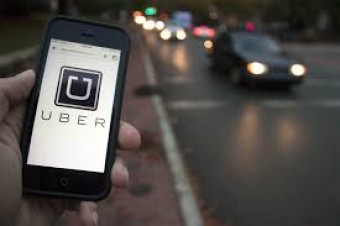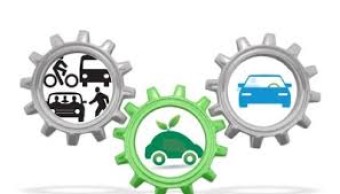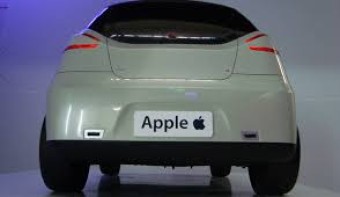First in the world: e-bus charger and charging post “in one” installed in Warsaw
The quickPOINT Column Charger manufactured by Ekoenergetyka-Polska and installed in Warsaw, was designed especially to respond to the requests of cities that want e-bus charging infrastructure to suit their urban architecture. The 200kW device with a footprint of only 1,3 m x 0.8m reduces space needed for high power e-bus charging at the end of the bus line and blends with the bus colours, providing visual identification for electric bus charging.
It is a world premier of the new design of an opportunity e-bus charger that brings together the charging mast and the charger in one. Up to now, e-bus charging industry was used to separating the two elements for opportunity charging at the end of the bus line, which was posing problems in many cities concerned about how the bulky e-bus charging station would fit in with their urban architecture.
The new device manufactured by Ekoenergetyka offers a solution. The footprint of quickPOINT Column charger is 50% smaller compared to an equivalent, standard 200kW charger + charging mast combo. Made of steel and equipped with LED lights, the device signals when it is on stand by (white LEDs) and charging (blue). The Warsaw charger was painted in yellow and red, the colours of the bus operator – MZA Warszawa – and the colours of the city buses.
The device, deployed for the first time in Warsaw, works according to international charging standards for electric vehicles. The charger is equipped with a pantograph and charges the bus automatically when it stops at the end of the line. As an extra feature, Ekoenergetyka offer cities an option to fit the device with a publicity screen on its back, thus providing a possibility for additional revenue.
Bartosz Kubik, CEO of Ekoenergetyka-Polska, said:
“Having delivered over 80 e-bus chargers to cities all over Europe over the last 4 years we had a chance to really listen to what the cities want and need. Requests for end of the line charging infrastructure that suits urban architecture was something we heard very often. That’s why we made quickPOINT Column Charger, which offers charger and charging post in one.”
And he added: “The advantages presented by the device: small size, attractive design, possibility of changing its colour, make it an attractive choice for cities. While not all urban centres will opt for charging at bus stops, for many it will be necessary. We hope our device will show them that now they can have charging infrastructure that not only charges, but also looks good”.
Warsaw, Paris, London, Berlin and many other European cities have announced that they plan to introduce electric buses to their fleets on a large scale. The new device by Ekoenergetyka opens the path for them to embrace opportunity charging, while preserving their urban landscape. The device is the first of a comprehensive charging infrastructure project that Warsaw is preparing for its planned deployment of 130 electric buses.
- The QuickPoint Column Charger suits the urban inftrastructure.
